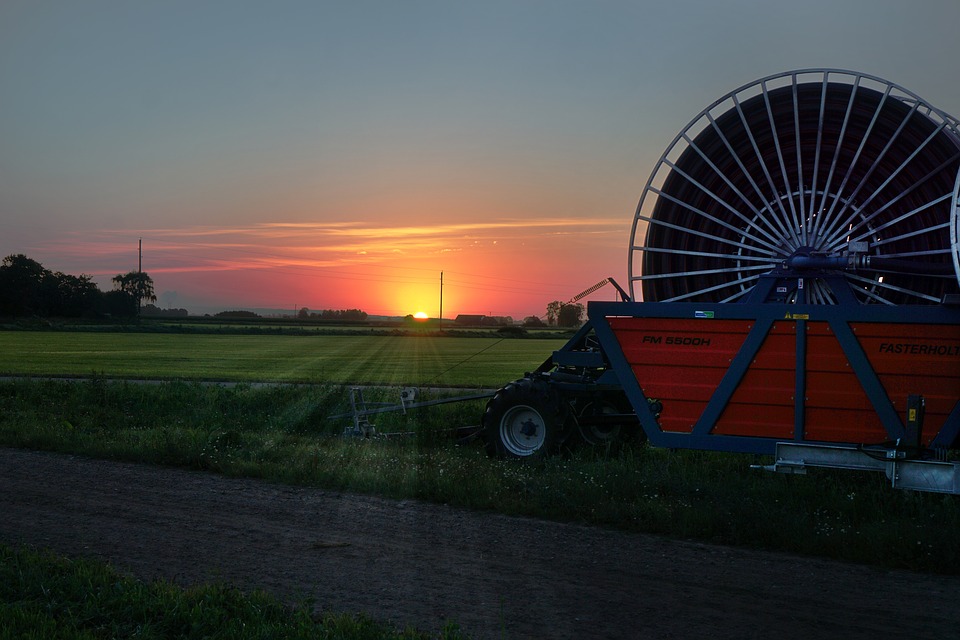Agriculture, Groundwater Protection and Texas Groundwater Law
Written by AOS Treatment Solutions on December 23, 2016
Groundwater protection is necessary for robust and healthy agricultural production. Over 80 percent of the groundwater in Texas is used to irrigate 6.17 million acres of agricultural land. To understand Texas groundwater law, you need to be familiar with the rule of capture and the prior appropriation doctrine.
Groundwater and the Rule of Capture
About 60 percent of the water used to irrigate land in Texas comes from groundwater, or aquifers (layers of rock that contain water). The nine aquifers in Texas — the largest being the Gulf Coast aquifer — contain over 97 percent of the groundwater in this state. Experts think all nine of the aquifers are fed by rain, as no subterranean rivers have been identified in this state.
In Texas, landowners have a right to pump the water under their property to the surface. This water right is called the rule of capture, and it means the following:
- Neighbors can not steal one another’s groundwater. It is illegal to trespass to drill a well on another person’s property and drill slant wells that cross the property line underground.
- Property owners can not pump water from their own well for the sole purpose of injuring a neighbor.
- Property owners can not pump water and allow it run off unused or allow it to simply seep back into the ground.
- It is illegal to pollute groundwater.
- It is considered negligent and injurious to over-pump from a well.
But what do landowners do if they need more water? The only reasonable answer has become cliche in Texas: “Dig deeper”!
Surface Water and the Prior Appropriation Doctrine
A legal system dating back to English common law, riparian doctrine guarantees a landowner’s right to the water on his or her land. Riparian doctrine works well in areas with a lot of rain, particularly when streams and rivers are unchecked — when there are no reservoirs or holding ponds.
But riparian doctrine does little to take into account the needs of adjacent landowners. This causes issues in Texas where rainfall is limited, yet demand for irrigation water is high. As such, in Texas, there are limitations to the amount of water a person can both use and store, limitations determined by a landowner’s irrigation needs and by the prior appropriation doctrine.
The Prior Appropriation Doctrine
The prior appropriation doctrine dictates that downstream users also have rights to water. Water rights are titles to ownership. Downstream owners with shares of the surface water in a basin are promised the delivery of a certain amount of water each year.
Oftentimes, downstream shareholders have priority over those property owners closer to the headwaters, meaning the upstream owners must let a certain amount of water pass through their property — and cannot use it to irrigate — prior to taking their share.
The age of a water share determines who has seniority.
Limited State Oversight
First in 1949 and then again in 1985, Texas legislators “authorized the establishment of underground water conservation districts. These districts generally have the authority to promulgate rules for conserving, protecting, recharging, and preventing waste of underground water.”
The legislation, in essence, limits the oversight of groundwater conservation by the state and acknowledges the right of each district to determine what is best with respect to the conservation of groundwater.


